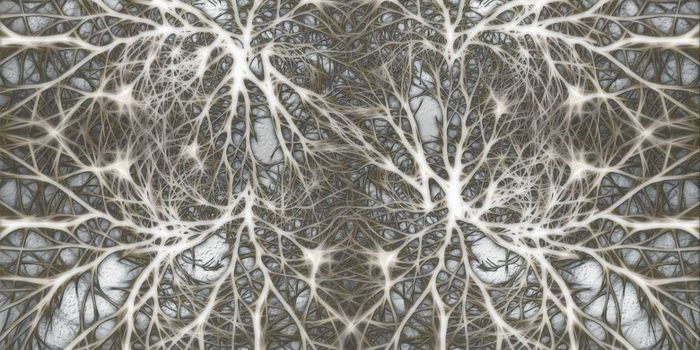When influencing prosthetic limb movement, finding the appropriate brain signal to determine when a decision is finalized can be the difference between premature or inopportune movement and a fluid, confident movement.
New research from Stanford engineers offers a glimpse into what happens neurologically the moment a subject switches from a decision to perform one task to a decision to perform a different task. The information contributes to an important body of knowledge regarding consciousness, free will, and motoric agency.

Krishna Shenoy's Stanford lab was behind a recent study published in eLife that decoded a monkey's motor cortex as it was involved in decision making and limb movement. The discovery will help neural prosthetic makers make devices that will withhold movement until a user is certain of their decision.
The research was the result of lead author Matthew Kaufman and his team developing a method of tracking the brain signals that occur in lab monkeys during a single decision with second-by-second accuracy.
The monkeys were trained to reach for either of two targets displayed on a screen. Sometimes, one target was blocked, which prompted a forced choice, but other times either target was reachable. Still other times, researchers switched from the forced choice situation to the free choice situation to induce a change of mind in the monkey. This part of the experiment-where the monkey had a free choice or were prompted to change their mind-gleaned the results of interest to the researchers.
The motor and premotor cortex of each monkey was wired to measure brain activity from the time that the targets appeared on screen. The measurements continued until the monkey began to act on his decision.
The results prompted to Kaufman to say: "We are seeing many cognitive phenomena in the brain for the first time. The most critical result of our work here is that we can track a single decision and see how the monkey arrived there: whether he decided quickly, slowly, or changed his mind halfway through."
Reflecting on the use of a single-trial decoder algorithm that enabled him to analyze the moment-by-moment brain activity of the monkeys, Kaufman said: "We can now track single decisions with unprecedented precision. We saw that the brain activity for a typical free choice looked just like it did for a forced choice. But a few of the free choices were different. Occasionally, (a monkey) was indecisive for a moment before he made any plan at all. About one time in eight, he made a plan quickly but spontaneously changed his mind a moment later."
This in-depth look at the process of decision-making will help researchers fine-tune neural prostheses to enable people to drive a brain-controlled prosthetic arm or guide a neural-activated cursor on a computer screen.
The above story is based on materials provided by Stanford School of Engineering. The original article was written by Janet Rae-Dupree and Tom Abate and can be located through the following citation: Matthew T Kaufman, Mark M Churchland, Stephen I Ryu, Krishna V Shenoy. Vacillation, indecision and hesitation in moment-by-moment decoding of monkey motor cortex. eLife, 2015; 4 DOI: 10.7554/eLife.04677#sthash.lpxsmvaO.dpuf
Follow Will Hector on Twitter: @WriterWithHeart
(Source: Science Daily)









